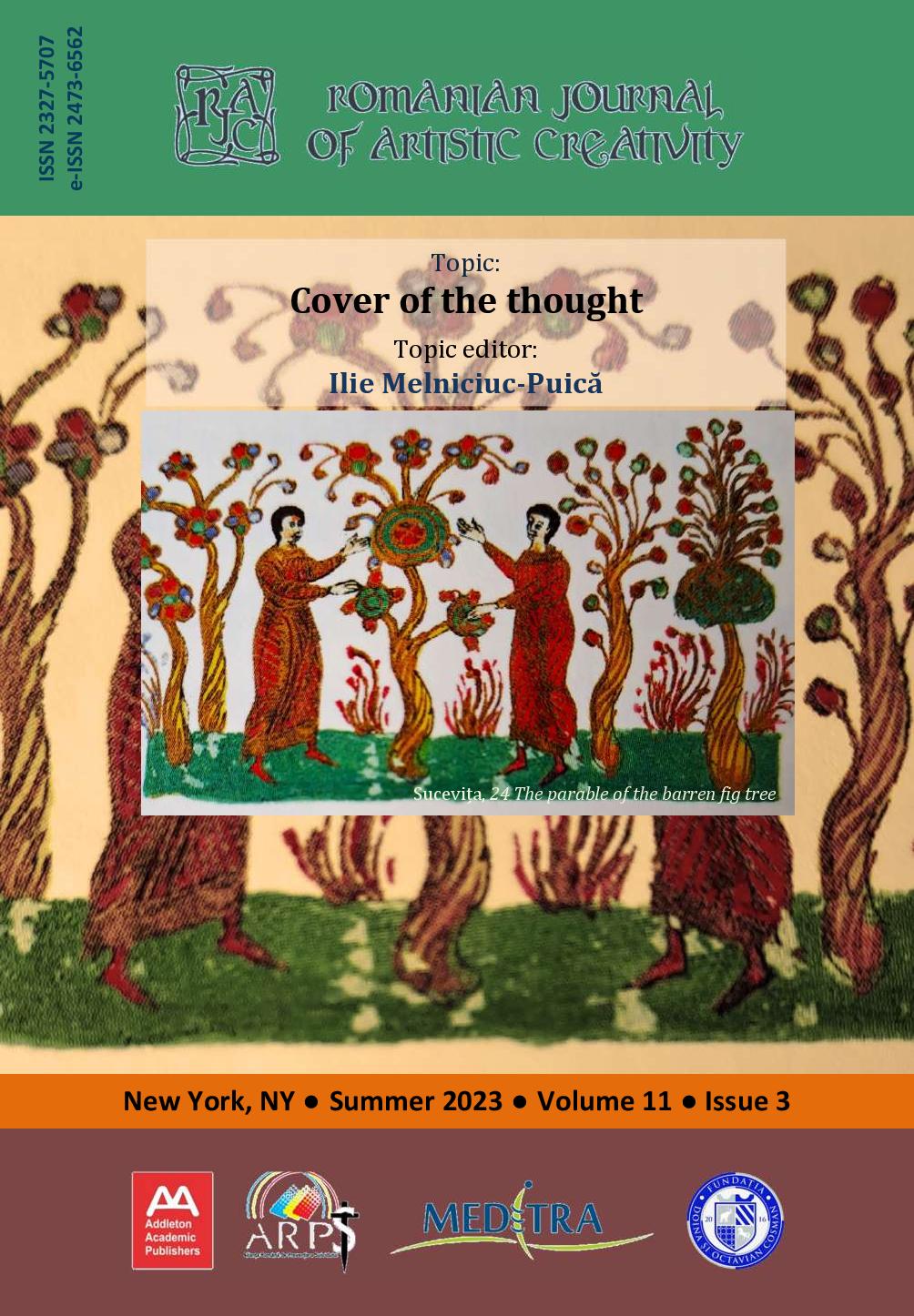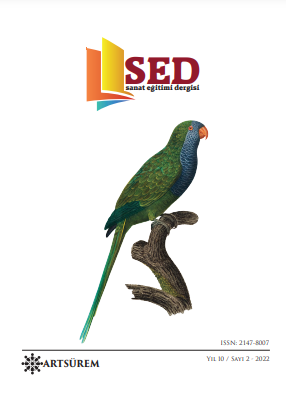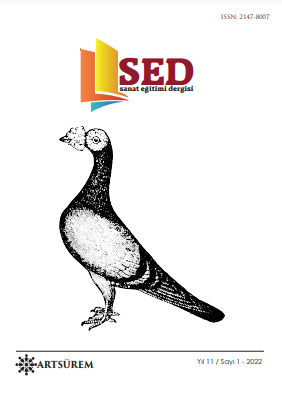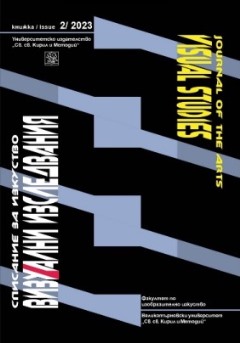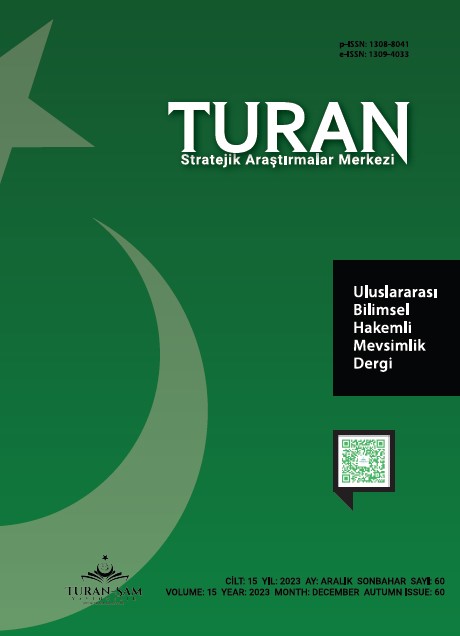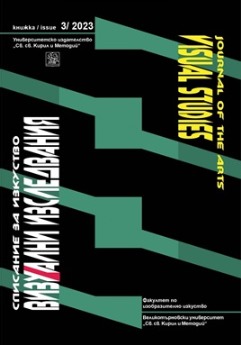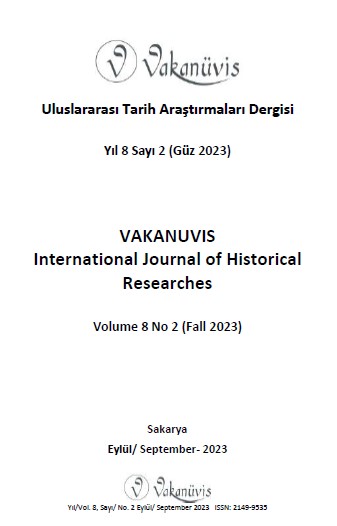Author(s): Banu Önder,Merve Ersan / Language(s): Turkish
Issue: 1/2023
The convergence of the concepts of information and graphics gives rise to the infographic, a graphic design product that effectively presents information in a concise manner. Through the transformation of information into a graphic product with design considerations, it becomes possible to visually analyze or interpret data, events, and situations across diverse subjects. This process involves the systematic handling of extensive volumes of data, resulting in the creation of presentations that are both impactful and easily comprehensible. Given the primary purpose of infographics being the transmission of information, it necessitates an increased attention to specific rules within the context of graphic design. The foundational underpinning for creating an effective infographic lies in the principles of Gestalt. In this research, infographics centered around diabetes, produced by the Turkish Ministry of Health and the Anadolu Agency, have been subject to examination and subsequent analysis in line with the principles of Gestalt. The conducted examination reveals that while both institutions display an adherence to Gestalt principles in the infographics they have designed, notable differences between them have been discerned. Shared Gestalt principles evident across all infographics include simplicity, similarity, figure-ground relationship, and proximity. Simplicity manifests both in the page layout of the infographics and the icons employed within them. The principle of proximity facilitates the grouping of similar types of information in the infographics, enhancing the perception of related information as a cohesive whole. The principle of similarity, manifested through color resemblance, shape similarity, directional similarity, and typographic resemblance, contributes to the visual arrangement of the infographics. The balance type used in the infographics varies, with a preference for asymmetric balance predominantly chosen to imbue the page with dynamism. It is apparent that all these principles offer utility in the context of information visualization. In conclusion, the diabetes-focused infographics created by the Turkish Ministry of Health and the Anadolu Agency adeptly employ the principles of Gestalt to present comprehensive and dense information content in a straightforward, clear, and effective manner. These infographics facilitate ease of comprehension and retention, aligning with the objectives of Gestalt principles.
More...
